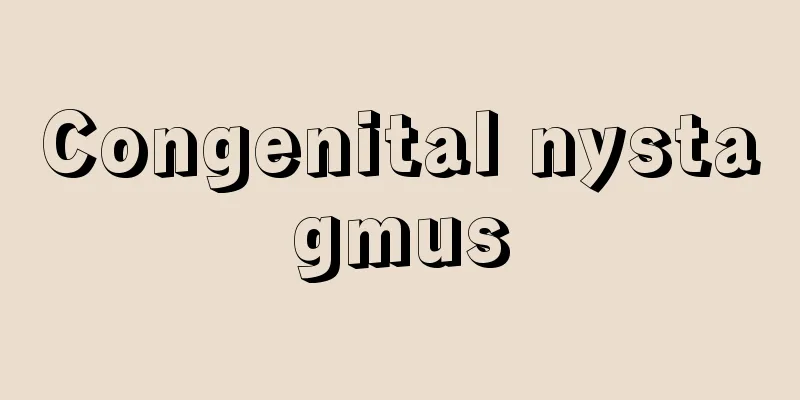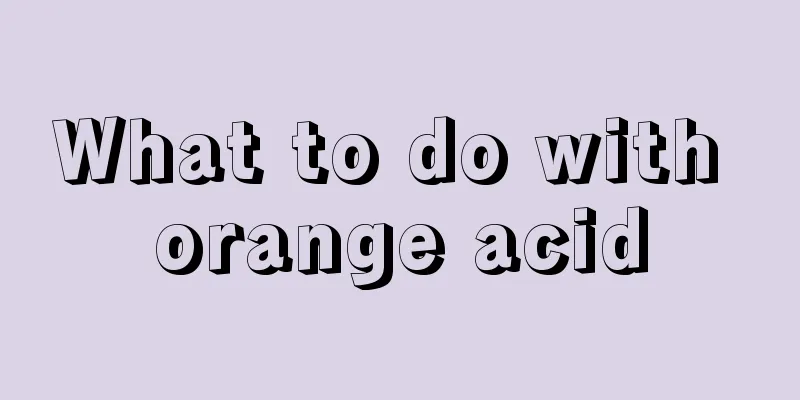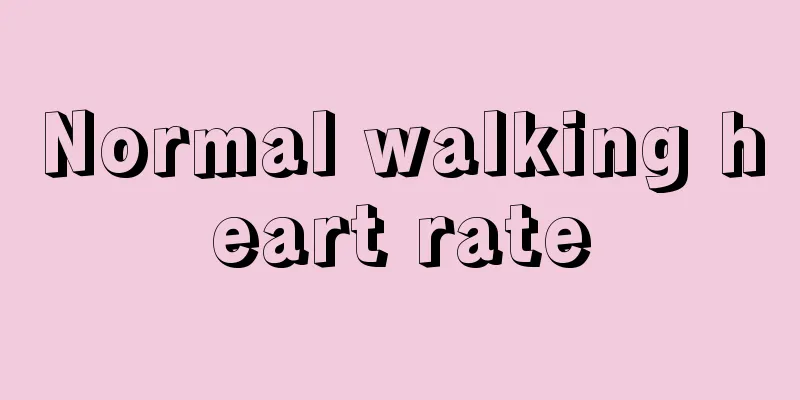Congenital nystagmus

|
Congenital diseases can often be discovered when children are young, but some congenital diseases require the child to reach a certain age before surgery can be performed. Congenital eye twitching is an uncommon disease that occurs relatively early. However, this disease does not occur every day and there is no regular pattern. However, vision will be seriously affected. Optical correction surgery is an effective way to treat congenital eye tremor. Symptoms of congenital nystagmus 1. Early onset, nystagmus occurs since childhood, or the onset time is unclear. 2. No sense of shaking, that is, there is no sense of shaking of objects. Even if the nystagmus is quite severe, there is no sense of shaking when seeing objects. This is the main criterion for diagnosing congenital nystagmus. 3. The involuntary and continuous swaying or twitching of the eyeballs is relatively regular, not random eye movements, which is different from visual nystagmus. 4. No obstruction to eye movement, no restriction of movement, no eye deformity or other congenital abnormalities 5. There are no obvious obstacles to general daily activities, and the visual acuity of both eyes and the corrected visual acuity are generally above 0.1. 6. No symptoms of central nervous system diseases and vestibular dysfunction such as imbalance and vertigo. 7. If the nystagmus disappears when the eyes are closed or opened in the dark, it is congenital nystagmus, but not all congenital nystagmus is like this. 8. Congenital nystagmus is generally uncontrollable, so-called involuntary. But there are also some cases where nystagmus can be reduced or even disappear when focusing attention; and in some other cases where nystagmus is reduced or even disappears when using accommodation and convergence. Some patients have the opposite experience. Some even show that the more nervous they are and the more focused they are, the more obvious their nystagmus becomes. 9. Congenital nystagmus has a characteristic: it is a reverse optokinetic nystagmus, and the fast phase of the nystagmus rotates in the same direction. Accurate understanding of congenital nystagmus can help parents understand their children's condition more clearly and remind parents to seek medical treatment in a timely manner. The main treatments are as follows: (1) General treatment Explain to patients and their families that nystagmus is a common and difficult-to-treat eye disease. Because the cause and pathogenesis are not yet very clear, there is still no particularly effective treatment for nystagmus, and nystagmus cannot be cured at present. (2) Etiological treatment For nystagmus with a clear cause, eliminating the cause is very important for treatment. First of all, organic lesions such as cranial and cerebral diseases and vestibular diseases that cause nystagmus must be ruled out. For visual impairment, the primary disease affecting vision, especially central gaze, should be treated as early as possible; for vestibular peripheral nystagmus, acute labyrinthitis and other inner ear diseases should be controlled. (3) Non-surgical treatment 1) Optical correction Children with nystagmus should undergo refractive examination, preferably with the pupil dilated in the static eye position, to correct any refractive error. Optical therapy includes: ① Ordinary glasses: Ordinary concave, convex lenses and cylindrical lenses can correct the patient's combined refractive errors. ②Contact lenses: Older children can consider wearing contact lenses to correct refractive errors. Patients with nystagmus will not only see improved vision but also reduced nystagmus. This is because contact lenses enhance convergence and increase central fixation time. In addition, the friction between the edge of the contact lens and the eyelid margin produces sensory feedback, which reduces nystagmus. For children with aniridia and albinism and nystagmus, contact lenses with artificial irises can be given to reduce photophobia, improve vision, and alleviate nystagmus. ③ Prism: The use of prism has two purposes. One is to improve vision, and the other is to eliminate abnormal head position, thereby achieving the effect of treating nystagmus. The principle of treatment is that congenital nystagmus can be reduced or suppressed in a static eye position and by using convergence and in a dark environment. |
>>: How long can a person with congenital anemia live
Recommend
What causes itchy soles?
Itching on the soles of the feet is basically cau...
My throat hurts, what should I do?
There are many reasons for sore throat, such as a...
What's the matter with 30 for occult blood in urine test
Experts say that if the urine test shows occult b...
When is the best time to drink coffee to lose weight
There are many ways to lose weight. In fact, drin...
Does eating durian hurt your stomach?
Durian is gaining more and more attention in peop...
Nose inheritance and evolution
When we walk on the street, we will find that man...
How to treat hemorrhoid thrombosis more effectively
The treatment of hemorrhoid thrombosis should be ...
The secret of drawing straight lines for beginners
I don't know if you have ever driven in a str...
Will liver nodules disappear?
The liver plays an important role in the human bo...
Do I need to put a pillowcase on a latex pillow?
Pillows have a great impact on our spine. A good ...
Can eating raw fish also cause liver cancer? Eating 7 kinds of fish raw can easily cause liver cancer
Dr. Chamonzo, director of the Cambodian National ...
What should I pay attention to after chin surgery
After hyaluronic acid is injected into the chin, ...
Salt bag hot compress treats tenosynovitis, Chinese medicine treatment is effective
Hot compress can relieve symptoms of tenosynoviti...
Why is there a little concave in the middle of the chin
Some people have a small depression in the middle...
Why do you feel dizzy after drinking tea? Learn to drink tea healthily
For most people, drinking tea is an enjoyable pro...









